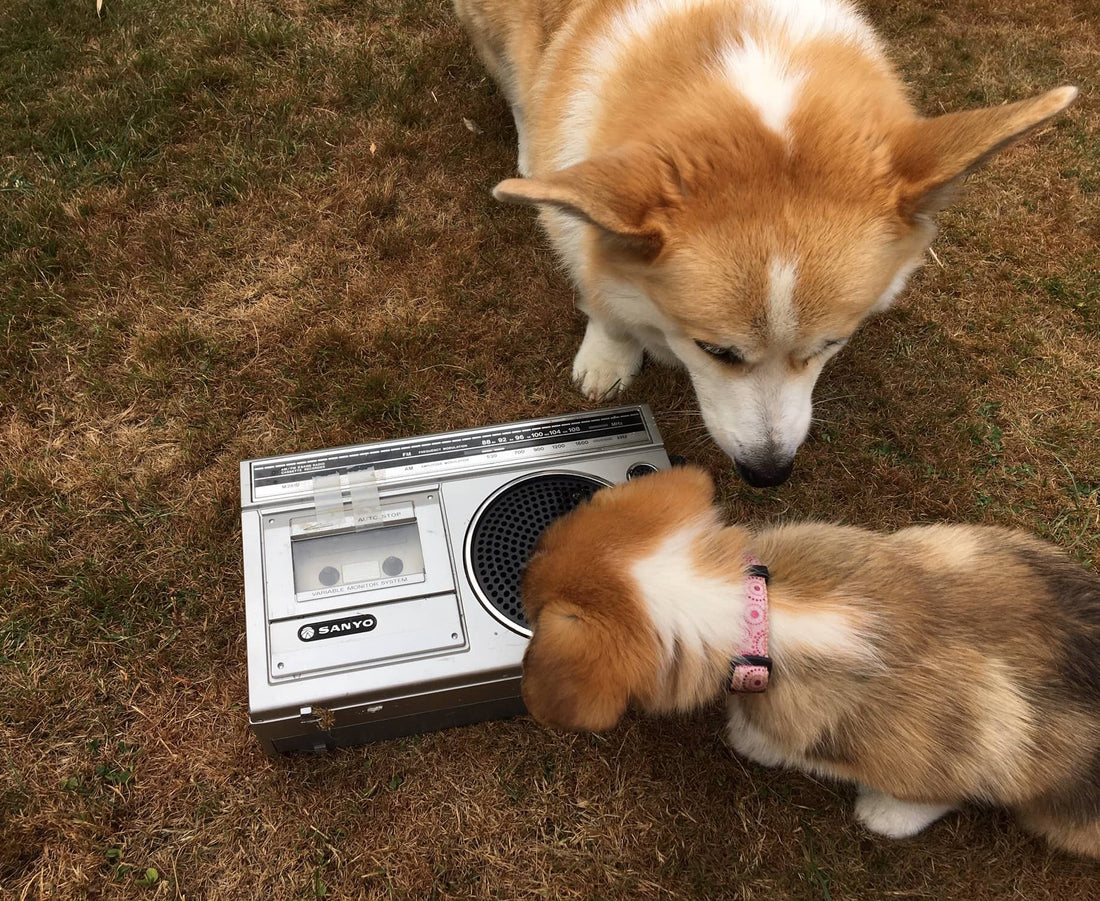“So you had better do as you are told/you better listen to the radio.”
(Elvis Costello, “Radio Radio”)
Sanyo catalogued the MR2810 2-Band Radio Cassette Recorder in 1982 I received mine about 1984, when my friend Lee, who had invited me to join his family for dinner, stuffed it into my briefcase. Lee was a generous guy. Or maybe, after several hours of my company, he was bribing me to leave. I know I needed a radio.

I have now completed the 35th year of my field test of the Sanyo MR2810. My conclusions thus far: This unit surpasses all other audio systems in the areas of sound quality, ease of use, durability, and cost-effectiveness. Let’s look at each factor and learn why my Sanyo is red hot and your whatever ain’t doodly-squat.
Sound Quality
When I lived in Seattle, the MR2810 had no trouble coping with alt rock, classic rock, jazz, big band, music of the Baroque era, and 11 out of 17 losing seasons by the Seattle Mariners.
When I lived in Boise, the MR2810 was pummeled by a radio environment almost entirely composed of news, talk, head-banging, wall-to-wall Boise State Broncos, and “fun oldies to make ya feel good” among other things. And yet the radio continued to function at the same high level, threading this minefield to bring in what few hours of jazz and blues were available each week.
Now I live in Portland, Oregon, and with the exception of the Mariners, who I no longer follow, I am back in a Seattle-like spectrum. The MR2810 had no problem readjusting.
Purists might question the aural quality of a device with one speaker and no provision for such exotica as “tweeters” and “woofers.” Chill, purists. My radio has always lived above my workbench in a garage. I am too busy drillin’ holes, drivin’ screws, rippin’ planks, and other proofs of my manhood for fripperies such as the midrange. Everything from Miles to Mozart to Moby rocks.

As an example of the life-like sound quality the MR2810 delivers, I refer you to my first dog, Emma, who guarded the open door of whatever garage I was working in. In the 1990s, whenever the DJ cued up “Been Caught Stealing” by Jane’s Addiction, I knew I had less than five seconds to sprint to the radio and hit the kill switch before the song’s barking began and Emma erupted.
And all this on an energy budget of 5 hard-working watts.
Ease of Use
The kill switch is an excellent example of the simplicity built into the MR2810. It’s a single-pole, single-throw paddle switch; it’s either on or off. The AM/FM selector is a similar switch on the back of the device. The microphone and headphone jacks are also tucked away in back, preserving the sleek 1980s styling up-front.
The radio has been further simplified by time thanks to the demise of the cassette player. With no cassettes, there’s nothing for the microphone to record to. As for headphones – why would I want to hear the MR2810 at a range as close as just outside my ears?
The recording button was red but has faded to orange. I’ve considered repainting it, but I don’t want to ruin the collector value.
Durability
My radio has spent most of its life in dusty environments tinged by car exhaust and paint fumes. In Boise, the radio had to withstand summertime temperatures of more than 110 degrees Fahrenheit. In Seattle and Portland, the air is wet and cold for half the year. The MR2810 has survived a lack of climate control, enterprising spiders, two long-haul moving trucks, and inquisitive party guests.

Cost-effectiveness
You can’t beat a radio someone gave you just to get rid of you. But here’s something I’m sure Sanyo never intended: I haven’t had to change the batteries in this century.
That’s right. My sound system costs nothing to run.
The MR2810 came with a power cord, which I lost a couple of houses ago. Without the cord, it requires five D cell batteries to function. Somewhere in the late 1990s, I realized I couldn’t remember the last time I had changed the batteries. I started paying attention. I have yet to change the batteries.
I asked Justanswers.com what might be happening inside my MR2810. This cost me a non-refundable trial membership fee of $5. “That’s pretty strange,” Dustin S., my trial membership electrician, said. Today’s D cell batteries last up to 10 years, he told me, but only if unused and kept in their original packaging, not as part of a live circuit.
He asked me what brand of batteries I was using. How should I know? No way was I going to pop the hatch on the battery compartment and expose the toxic soufflé I suspect is back there. You know that if I disturb this thing, it will never speak again. “Eveready,” I guessed.
“Well,” Dustin said. “What you are describing is possible. It all just depends on the exact type of battery. It’s possible that you bought an early D cell lithium battery. And that you’ve gotten some incredible life out of it.”
Dustin said I have a good advertisement for Sanyo. But the field test of the MR2810 is not over. See you in 2055.



